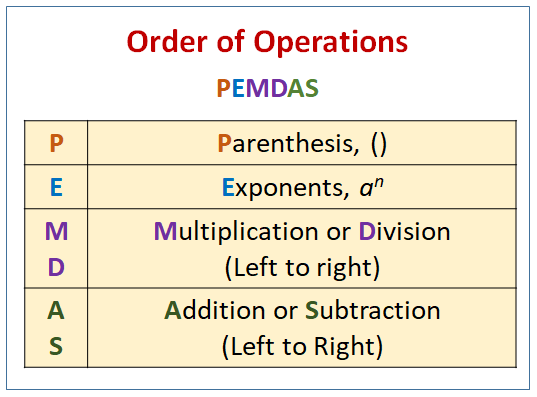 Saturday 💣Apr 19, 2021·7 replies
Saturday 💣Apr 19, 2021·7 replies1
 UY SAB 🧔🏻Apr 19, 2021·2 replies
UY SAB 🧔🏻Apr 19, 2021·2 repliesthe PEMDAS debate exists bc it’s purposefully ambiguous. you’re never supposed to actually use the ÷ sign, you’re just supposed to use numerators and denominators
both ways to answer (9 and 1) are correct, but the American way of learning PEMDAS would make 9 correct
 SHAQUILLE
SHAQUILLEAre people really debating this?
Yeah, it's trending on twitter atm, haha.
I've actually seen an interesting argument that this equation can be solved differently by distributing the 2 into the parentheses, but I think that's an older mathematical concept that aged out (as far as I understood reading on twitter, that is).
 UY SAB
UY SABthe PEMDAS debate exists bc it’s purposefully ambiguous. you’re never supposed to actually use the ÷ sign, you’re just supposed to use numerators and denominators
both ways to answer (9 and 1) are correct, but the American way of learning PEMDAS would make 9 correct
I KNEW IT

did the Australian way
 Saturday 💣Apr 19, 2021·1 reply
Saturday 💣Apr 19, 2021·1 reply gh0stman
gh0stmanDumbass alert 🚨🚨
F*** you, man.
The answer is 9 I suppose, but the real answer is that nobody should write it like that and nobody WOULD write it like that, because it could be misinterpreted.
if I write 1/2x, Do I mean 0.5x or do I mean 1/(2x)? It'd deliberately ambiguous
 orangejuice
orangejuiceYeah, it's trending on twitter atm, haha.
I've actually seen an interesting argument that this equation can be solved differently by distributing the 2 into the parentheses, but I think that's an older mathematical concept that aged out (as far as I understood reading on twitter, that is).
Distributing the 2 still gives you 1 though
6 / (2 + 4)
6 / 6
1 hemaglox
hemagloxDistributing the 2 still gives you 1 though
6 / (2 + 4)
6 / 6
1Yeah, that's what I mean.
As explained by another user in this thread, the way most Americans are taught order of operations would lead us to get 9 when solving this problem.
So this is just another instance of Americans thinking their way is the universal way
 Saturday 💣Apr 19, 2021·1 reply
Saturday 💣Apr 19, 2021·1 reply Monkai
MonkaiMore 9 myself.

 orangejuice
orangejuicePost your answers KTT2. No cheating.
bedmas ? right so
brackets
exponets
divison
mutiple
addition
subtraction


